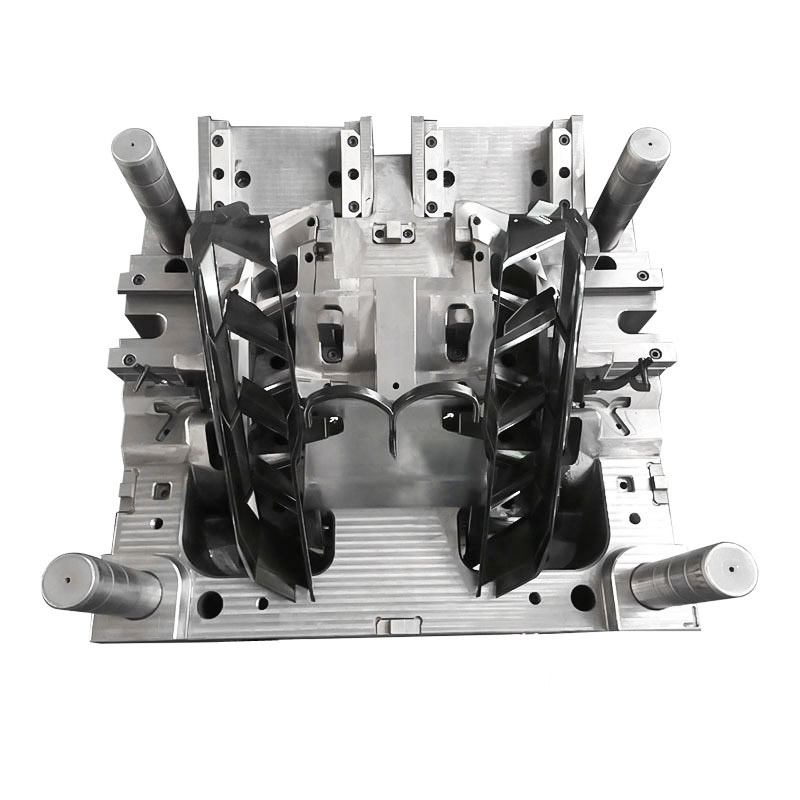Summary:Custom Car Light Molding - Frenching and Injection Moulding
You've probably wondered about custom car light molding and Frenching. In this article, we'll talk about both types of light molding, Frenching and Injection moulding. Then we'll cover how ......
Custom Car Light Molding - Frenching and Injection Moulding
You've probably wondered about custom car light molding and Frenching. In this article, we'll talk about both types of light molding, Frenching and Injection moulding. Then we'll cover how to French a headlight or taillight, as well as the options available for number plates and antennas. We'll cover the basic steps of each of these processes, and give you a few tips along the way.
Frenching a headlight or taillight
The process of Frenching a headlight or taillight gives your car a more sleek look. The Frenching process involves removing the headlight ring and mounting it deeper into the car's body. If you don't want to remove the headlight, you can use headlight rings from another car and attach them to your car. To add depth to your car, you can also purchase an aftermarket kit that allows you to mount your headlights deeper into the body of the vehicle.
One way to make your vehicle stand out from the crowd is to french your headlight or taillight. Frenching was developed in the early days of customization and modification. Some people took existing headlight rings and bezels and frenched them themselves, while others used rings from different make and model cars. There are several companies that sell kits to help you french your headlights or taillights. Alternatively, you can purchase a kit online.
To make your headlights or taillights look more aggressive, you can spring them deeper into the body or use a retrofit kit to change the rear light housing. If you want a more sleek look, you can even re-weld a new bezel onto the light housing. You can also paint your headlight enclosure a different color or add a different bezel to your headlights or taillights. This can visually lengthen your car and make it appear smoother.
Injection moulding a headlight or taillight
Injection moulding a headlight or a taillight involves creating a series of thin layers, with the first layer being about thirty millimeters thick. As the wall thickness increases, so does the cooling time. A monolayer headlight requires about 20 minutes to be cooled after injection, but recent multilayer injection processes have shortened the cycle time. The new approach promises to reduce cycle time even further, offering faster production and lower manufacturing costs.
To achieve maximum production efficiency, the mold should be designed with fast cooling and high temperature regulation. The distance between the cooling water channel and the surface of the cavity must be approximately equal. The temperature of the mold should be tightly controlled by using a vertical water pipe and a spacer water well. The resulting cooling is a completely cooled injection mould. This feature increases the efficiency of the production process, as the mold is fully cooled.
Another advantage of this technique is that it can produce a variety of shapes. The light guide strip, for example, is a transparent plastic part that refracts light to form parallel rays. Its thickness and overall size make it difficult to mold in a traditional injection moulding process. Furthermore, the pin used to eject the plastic part during the moulding process can affect the quality of the light guide and affect its aesthetics.
Frenching an antenna or number plate
A popular way to modify a car light is to french it. You can either remove the bezel from the headlight or modify the mountings to make it look longer. Then, paint the modified parts with the same colour as the bodywork. Adding a few inches to the length of your light will add visual length to the car. Many custom cars incorporate the lights from other cars as part of the makeover.
In the hot rod scene, frenching is a common practice. The goal is to create a cleaner, more appealing appearance for the body. This practice involves rebuilding antennas and lights to create a streamlined look. Some even believe that frenching improves aerodynamics. Regardless of your reason for Frenching, make sure you follow the laws. For more information, read on! Once you have the hang of frenching, you'll be on your way to a better-looking car!
When you decide to French an antenna or number plate, you must first determine where to install the tag antenna. In general, you can't install it at the center of the plate holder. Therefore, you'll likely want to place it on the side or top of the plate. As you may expect, this will affect the radiation pattern of the antenna. If you install it on the side of your light, it will be angled about 30 degrees towards the bumper side.
